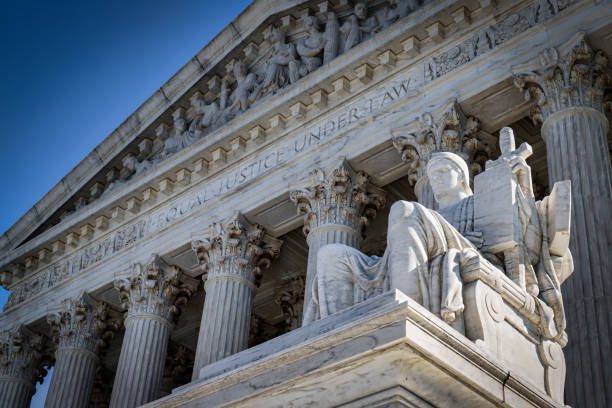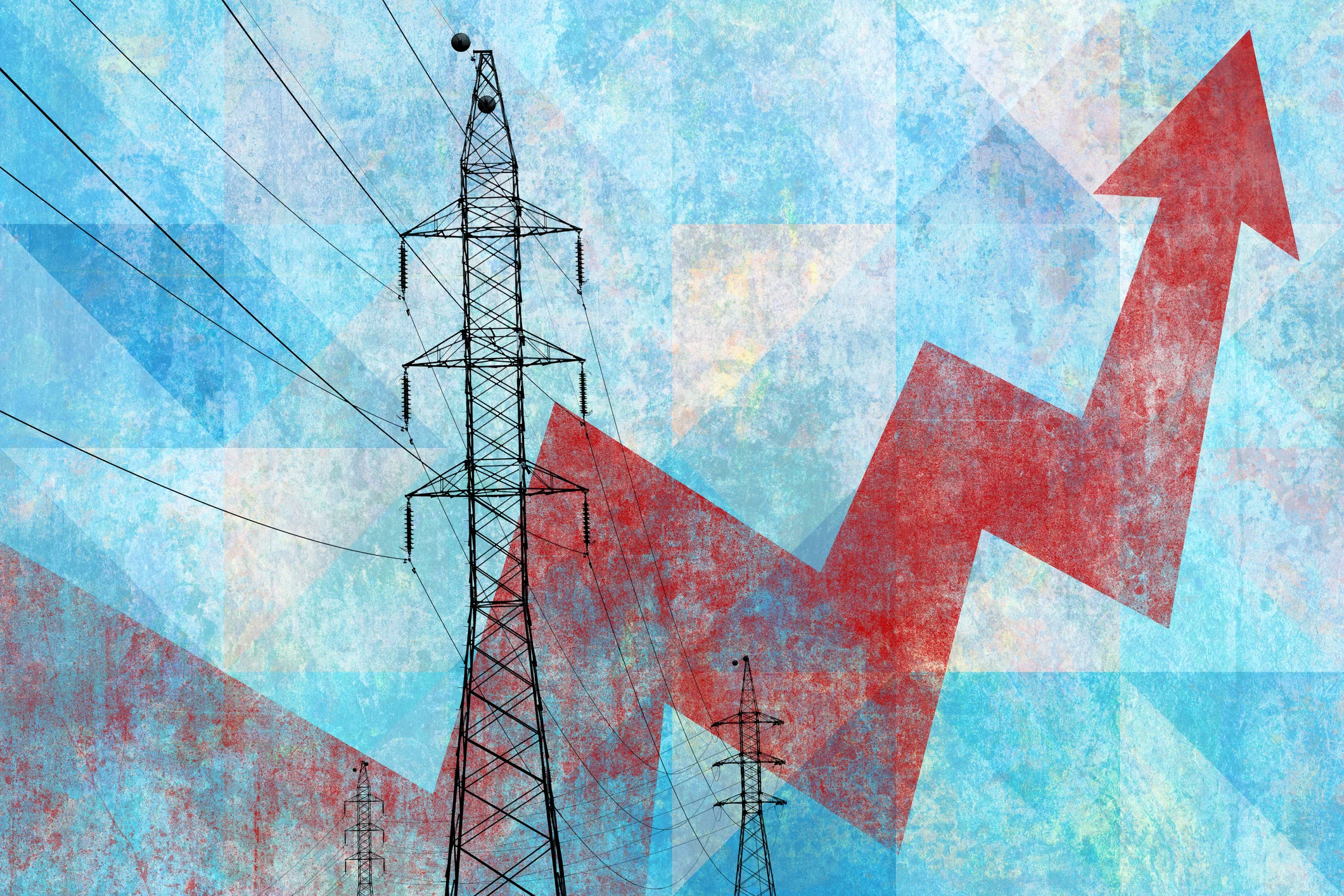In a flurry of controversial hearings, the U.S. Supreme Court ruled on June 30, 2022, that the Clean Power Plan established during the Obama administration exceeded the EPA’s regulatory mandate. On July 15, senator Joe Manchin signaled that he would not support any legislation that involved clean energy, issuing another blow to the environmental protections designed to mitigate climate change through progressive decarbonization efforts. Still, while the pursuit of clean, renewable energy might seem curtailed, for now, the promise of distributed energy resources (DERs) remains crucial not only to minimizing the effects of climate change, but in enhancing grid resilience, minimizing energy spending, and generating fresh streams of revenue for innovative utility operations.
The Clean Power Plan
Under the Obama administration, the Environmental Protection Agency (EPA) proposed the Clean Power Plan in 2014, which was finalized the next year. Under the Clean Power Plan, utilities were tasked with reducing their carbon emissions, an act that paralleled global decarbonization efforts. In the U.S., each state was able to assign its own goals for decarbonization, as well as a plan for how it would achieve that shift.
The Clean Power Plan proved controversial to many states that did not feel that they could adequately meet consumer needs, which led to a SCOTUS order to halt the EPA enforcement in 2016 just prior to the election of President Donald Trump. Once President Trump was elected, he proposed to defund the Clean Power Act and later issued an executive order to EPA administrator Scott Pruitt to reevaluate the plan.
West Virginia vs. the Environmental Protection Agency
In February 2022, oral arguments began in West Virginia v. the Environmental Protection Agency, which is what recently led to SCOTUS redefining how the EPA can manage carbon emissions. The primary argument is that the authority of the EPA was not clearly defined in the rule, and thus they were not legally permitted to impose regulatory edicts. What SCOTUS did not say is that the EPA cannot pursue decarbonization goals. What it did say is that you can focus on generation shifting (moving to another fuel source) as the basis of policy, but that they can incentives like emissions credits to continue to operate.
Why this Ruling is Important to Decarbonization Efforts
As mentioned, the SCOTUS ruling curtails the authority of the EPA to enforce issues that combat climate change. The SCOTUS ruling states that it’s not the EPA, but Congress who should set rules that could potentially impact the economy. Now, specific state legislators and regulators are responsible for setting their own protections, unless or until Congress addresses the EPA’s authority. Given Senator Manchin’s recent statement that he would not support any clean energy spending, Congress could easily become challenged, if not gridlocked, to enact any meaningful legislation regarding environmental protections soon. Still, distributed energy resources (DERs) provide a variety of benefits that broadly benefit utilities beyond any legal or regulatory requirements. Let’s take a look at how DERs can both increase much-needed grid resilience and create new revenue potentiality.
Why DERs Remain Critical to Decarbonization Efforts
Irrespective of any political or regulatory position, the distributed energy resource (DER) market is growing exponentially. That market includes the prosumer-driven proliferation of rooftop photovoltaic solar, electric vehicles and their requisite charging needs, and increasing battery storage. As paired with demand flexibility conservation strategies, utilities can decrease their energy spending while simultaneously supplying affordable, reliable power to their communities.
Grid Resiliency
In the U.S., enhancing grid resiliency has shifted into high gear this summer, with organizations like MISO and ERCOT challenged by a demand that is quickly exceeding their available capacity. DER technologies offer unique opportunities to utility providers seeking to broaden their energy portfolio and hit decarbonization targets. With the right distributed energy resource management system (DERMS), utilities can institute virtual power plants during peak times —a collective of interconnected IoT devices like solar panels—to provide excess energies during demand days to reinforce energy needs.
Like a virtual power plant, utilities can utilize stored battery energy to enhance their demand flexibility. Whether in response to a demand event or through time-of-use rates, battery storage offers that same potential to develop new energy sources to tap into while strengthening grid resilience. With the proliferation and evolution of battery storage technologies, the potential within EV-managed charging programs, and virtual power plants, utilities have a widening array of opportunities to strengthen and reimagine their grid with an emphasis on-demand flexibility.
Demand Forecasting
While perhaps not the most obvious decarbonization tool, demand forecasting technology is designed to help utilities plan for their potential needs. Through preparation, utilities can find the most affordable energy in the market, as well as plot potential demand energy days. This not only helps lower costs, but it helps program managers. With forecasting, DERs can be employed tactically to save money on energy spending, while helping to determine the most likely periods of peak demand and when demand flexibility events may require deployment.
The Power of Legislation
Before we conclude, it’s worth recalling the power of legislation and regulation to reshape the utility industry. For example, the Public Utility Law Project of New York recently began pursuing compensatory requirements for customers who experience prolonged electric outages. Whether or not that precedent is realized or codified in New York is yet to be seen, but it’s safe to say that the regulatory landscape can radically change overnight. That includes everything from the aforementioned case in New York to state legislation taking a more active role in helping utility companies transition away from fossil fuels to help expedite decarbonization goals.
Conclusion: How Decarbonization Efforts Adds Value
Ultimately, while the SCOTUS ruling over the EPA does undermine efforts to shift generation away from fossil-fueled power sources, experts believe this will have little effect on utility decarbonization efforts. Although a blow to President Biden’s sustainability initiatives, analysts believe that the reduction of greenhouse gas emissions is driven not by national legislation and regulation, but through state policies, tax incentives, and other socio-economic factors. Considering that the DER, EV, and demand response markets are blossoming, underscores both the public and business applications of decarbonization initiatives.




